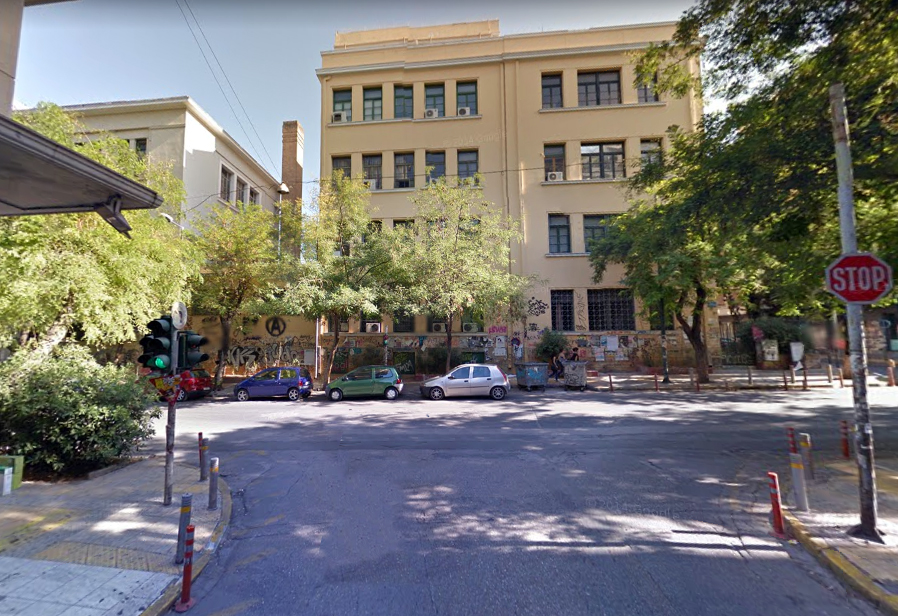SOLE: pilot interventions at the Technical University of Athens for more energy efficient buildings

SOLE project is supporting owners and managers of public buildings to improve them by designing effective energy rehabilitation strategies and increasing the use of renewable energies. The project started in July 2020 for 30 months, involves partners across the Mediterranean and engages them in energy efficiency interventions in a public building, raising awareness activities aimed at sensitizing managers and users of public buildings and exchanges on best practices regarding financing and material interventions to improve energy efficiency.
In this framework, the Greek SOLE’s partner, the National Technical University of Athens (NTUA), one of the oldest higher education institutions of Greece, is implementing energy efficiency measures in a public building belonging to the University and built in the 1960s.

Formed by four floors, it has an extension of 190 square meters and it belongs to the University, notably to the NTUA campus, a plot area of more than 9.000 square meters. The pilot building is located in Exarcheia, one of the dense and historic areas of Athens’ city center. In recent decades, the building has been intended to the Research Laboratories of the School of Architecture, with 15 people average staff and an average building use during the year of ten months. The building is semi-detached and its two main facades face North (50m2) and South (40 m2) both with windows openings.
The city of Athens belongs to climate zone B, with a cold season between November and April while the hot one is placed between May and September.
The pilot building is made up of a concrete structure with plastered brick walls, single glazed wooden windows, and mosaic floors.
The intervention foreseen in the SOLE project aims to improve the internal conditions (lighting, humidity, and thermal comfort) and the energy efficiency of the building envelope. The proposed measures include the installation of photovoltaic panels on the roof, the addition of aluminum double glazed windows with thermal break, the replacement of fluorescent with led lamps, and the replacement of air-conditioning split units with energy-efficient inverter AC units.
These interventions are under development and will be concluded by the end of the project, that is December 2022.







